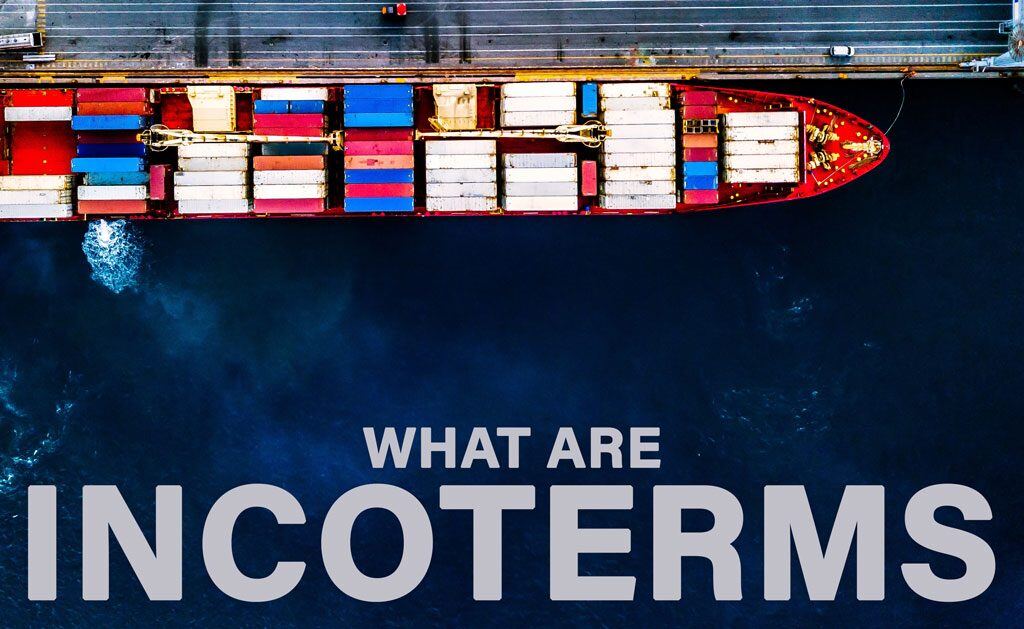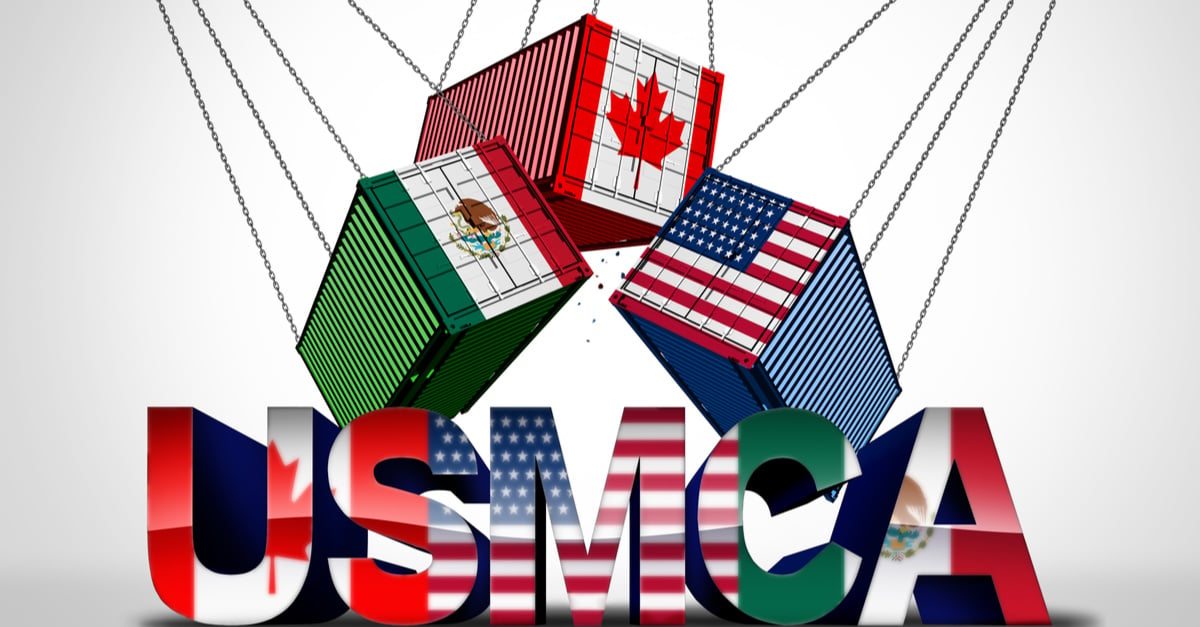
Transportation costs typically devour 5-10% of a company's total revenue, a figure that's steadily rising. For many businesses, managing outbound freight feels like navigating a maze blindfolded. Accurately calculating the return on investment (ROI) from your shipping operations? That's a whole other level of complexity.
But what if you could clearly see how every dollar invested in your outbound logistics translates into tangible financial gains?
Understanding the Components of Outbound Freight Costs
Ever wonder exactly where your transportation budget is going? It's easy for outbound freight costs to become a black hole in your finances, with expenses creeping in from unexpected corners. To optimize your shipping operations and boost your bottom line, you need a crystal-clear understanding of the factors driving these costs. Think of it like a puzzle–we're going to dissect each piece so you can see the bigger picture.
This exploration goes beyond just the sticker price of outbound shipping. We'll delve into both the obvious and the hidden costs, the direct and the indirect, to give you a complete picture of your outbound freight spend. By understanding these components, you can identify areas ripe for improvement and make strategic decisions that translate into real cost savings. Let's break down the key elements that make up your total outbound freight expenses.
Direct Costs
These are the most obvious expenses tied directly to moving your goods.
-
Transportation: Your choice of transportation mode plays a major role. Truckload (TL) shipping is ideal for large shipments that fill an entire truck, while less-than-truckload (LTL) is suited for smaller shipments, often consolidated with others. Rail transport is cost-effective for long distances and bulk goods, while intermodal combines different modes (like truck and rail) for optimal efficiency. Each mode has its own pricing structure, influenced by factors like distance, weight, and freight class.
-
Fuel surcharges: Fuel prices are notoriously volatile. Carriers implement fuel surcharges to account for these fluctuations, which can add a substantial and unpredictable amount to your overall freight expenses.
-
Accessorial charges: These are extra fees for services beyond basic transportation. Common examples include detention (keeping a truck waiting beyond the allotted loading or unloading time), demurrage (similar fees for rail cars), and inside delivery (moving goods beyond the dock). These charges can quickly inflate your costs if not carefully managed.
Indirect Costs
These are less visible but equally important expenses that contribute to your total outbound freight spend.
-
Labor: Consider all the people involved in getting your products out the door—order processing, picking and packing, loading and unloading, shipment tracking, and handling paperwork. These labor costs are a significant part of your outbound logistics expenses.
-
Technology: Investing in a Transportation Management System (TMS) can streamline your processes, but it comes with costs for software, implementation, training, and maintenance.
-
Inventory carrying costs: Efficient outbound freight management helps minimize the time your inventory sits in the warehouse. This reduces carrying costs, which include expenses like storage, insurance, and the risk of obsolescence.
Understanding these cost components is the first step toward taking control of your outbound freight and maximizing your ROI. But how do you actually measure that ROI and pinpoint the strategies that will have the biggest impact on your bottom line? Let's dive into the calculation process and explore some proven optimization techniques.
Calculating the ROI of Outbound Freight
Calculating the ROI of your outbound freight operations is crucial for making data-driven decisions and optimizing your logistics strategy. But it's not always a straightforward process. To accurately assess the impact of any changes you make, you need a solid understanding of your current performance.
1. Establish a Baseline
Think of this as your starting point. Before implementing any new strategies, track key metrics like:
-
Average shipping cost per order: This provides a benchmark for evaluating cost reductions. For example, if a company ships 100 orders per day with an average shipping cost of $200 per order, their daily outbound freight expenditure is $20,000.
-
On-time delivery rate: This measures the efficiency of your deliveries and customer satisfaction.
-
Average transit time: Track how long it takes for shipments to reach their destination.
-
Frequency of accessorial charges: Monitor how often you incur extra fees like detention or inside delivery.
2. Identify Areas for Improvement
Once you have a clear picture of your current performance, you can identify areas where optimization can make a real difference. Here are a few key strategies:
-
Shipment Consolidation: Combining multiple smaller shipments into larger ones can often lead to lower costs per unit.
-
Route Optimization: Utilizing efficient routing algorithms can minimize mileage, fuel consumption, and overall transportation costs.
-
Carrier Negotiation: Don't be afraid to negotiate rates with carriers to secure the best possible deals.
3. Measure the Impact of Changes
After implementing optimization strategies, it's essential to track their impact. Monitor the same key metrics you established in your baseline and compare the results. Look for reductions in shipping costs per order, fuel consumption, accessorial charges, and improvements in on-time delivery rates and transit times.
4. Calculate ROI
To determine the true return on your optimization efforts, use a simple formula:
ROI = (Cost Savings - Investment Costs) / Investment Costs
For example, if you invest $10,000 in a new TMS and achieve $15,000 in cost savings, your ROI would be:
ROI = ($15,000 - $10,000) / $10,000 = 0.5 or 50%
Here's an example. Let's say a company shipping 1,000 orders per month at an average cost of $100 per order implements optimization strategies that result in a 10% reduction in shipping costs. This translates to a monthly savings of $10,000 ($100,000 x 10%). Over a year, the savings would amount to $120,000!
By diligently tracking metrics, implementing optimization strategies, and calculating your ROI, you can transform your outbound freight operations into a source of significant cost savings and improved efficiency.
Customodal's Solution for Outbound Freight Optimization
Ever feel like you're pouring money into your outbound freight with little to show for it? You're not alone. Outbound freight can be a significant drain on resources, especially when you're relying on outdated processes and guesswork. But what if you could transform your logistics from a cost center into a profit driver?
That's where Customodal comes in. We're not just another TMS provider. We're your strategic partner in conquering the complexities of outbound freight and unleashing the hidden ROI within your supply chain.
Here's how we do it:
Advanced TMS Technology
Our proprietary TMS platform is built with cutting-edge technology that goes beyond the basics.
-
Optimized routing: Our intelligent algorithms analyze real-time conditions, historical data, and even things like weather patterns to determine the most efficient routes for your shipments. This means less mileage, lower fuel costs, and faster delivery times.
-
Extensive carrier network: We've done the legwork to build relationships with a vast network of reliable carriers, giving you access to a wider range of options and more competitive rates. No more scrambling to find trucks or settling for subpar service.
-
Real-time shipment tracking: With real-time visibility into every shipment, you'll always know exactly where your goods are and when they'll arrive. This means fewer surprises, happier customers, and the ability to proactively address any potential disruptions.
-
Automated carrier selection: Our TMS analyzes various factors—cost, transit time, carrier performance, and more—to automatically select the best carrier for each shipment. It's like having a logistics expert on your team 24/7.
-
Data-driven insights: Our comprehensive reporting and analytics tools give you the insights you need to make informed decisions and continuously optimize your operations. Identify trends, spot bottlenecks, and uncover hidden opportunities for cost savings.
Comprehensive Support and Expertise
At Customodal, we believe in providing more than just a technology solution. We're your partners in success, offering:
-
Personalized onboarding: We'll take the time to understand your unique needs and tailor our solutions to fit your specific requirements. No cookie-cutter approaches here.
-
Ongoing support: Our team of logistics experts is always available to answer your questions, provide guidance, and help you navigate any challenges that may arise. Consider us an extension of your own team.
-
Strategic consultation: We'll work with you to develop a comprehensive logistics strategy that aligns with your business goals and helps you achieve long-term success.
Partnering with Customodal offers a multitude of benefits:
-
Reduced shipping costs: Optimize routes, consolidate shipments, and negotiate better rates to dramatically reduce your overall transportation spend.
-
Improved efficiency: Streamline your shipping processes, automate tasks, and eliminate manual errors to free up valuable time and resources.
-
Enhanced visibility and control: Know where your shipments are at all times, proactively address potential issues, and keep your customers happy.
-
Maximized ROI: Achieve a substantial return on your investment through cost savings, increased efficiency, and improved operational performance.
Don't settle for "good enough" when it comes to your outbound logistics. Contact Customodal today, and let us show you how to transform your shipping operations into a source of competitive advantage!





